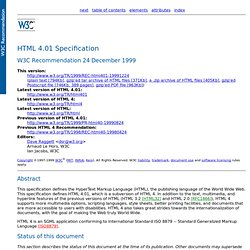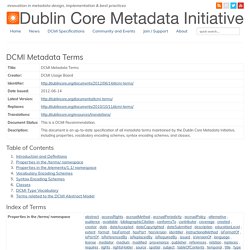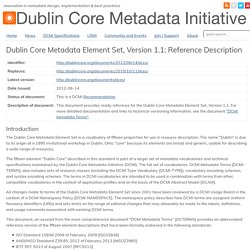

The Commons. Library of Congress Photos on Flickr (Prints and Photographs Reading Room, Library of Congress) View summary report (PDF - 128 kb) | View full report (PDF - 1.3 mb) Offering historical photograph collections through Flickr gives the Library of Congress a welcome opportunity to share some of our most popular images with a new visual community.

We invite you to tag and comment on the photos, and we also welcome identifying information—many of these old photos came to us with scanty descriptions! To view the photos on Flickr, go to: You do not need a Flickr account to view the images; you would need to sign up for a free account to add comments or tags. We are offering sets of digitized photos: the 1,600 color images from the Farm Security Administration/Office of War Information, 1,500+ images from the George Grantham Bain News Service, selected panoramic photographs, portraits of jazz musicians and personalities by William P. We launched the pilot in January 2008. With the launch of the Library of Congress pilot, Flickr began a new initiative called "The Commons. " Semantic Web. I have an idea that I think is very important but I haven’t yet polished to the point where I’m comfortable sharing it.

I’m going to share it anyway, unpolished, because I think it’s that useful. So here I am, handing you a dull, gray stone, and I’m saying there’s a diamond inside. Maybe even a dilithium crystal. My hope is that a few experts will see what I see and help me safely extract it. Or maybe someone has already extracted it, and they can just show me.
The problem I’m trying to solve is at the core of decentralized (or loosely-coupled) systems. RDF offers a solution to this, but it turns out to be pretty hard to put into practice. Consider two on-the-web temperature sensors: The careful human reader will immediately wonder whether these temperatures are in Celcius or Fahrenheit, or if maybe the first is in Celcius and the second Fahrenheit. Here’s the first sketch of my solution: I know it looks ugly, but now it’s clear that both readings are in Fahrenheit. I’m not sure yet. No. Linked Data - Connect Distributed Data across the Web. The 10 Minute Guide To Reading an XML DTD. This document is meant to be a brief overview on how to read and interpret an XML Document Type Definition (DTD).

It makes no assumptions over how much you know about markup languages, XML or DTDs. Markup Language Whats a markup language? A markup language is a way of describing textual data by indicating the meaning of a particular piece of text. This text can be anything from a word, sentence to a paragraph, or even an entire document.
On SGML and HTML. This section of the document introduces SGML and discusses its relationship to HTML.

A complete discussion of SGML is left to the standard (see [ISO8879]). 3.1 Introduction to SGML SGML is a system for defining markup languages. Authors mark up their documents by representing structural, presentational, and semantic information alongside content. <! An HTML document is divided into a head section (here, between <HEAD> and </HEAD>) and a body (here, between <BODY> and </BODY>). HTML 4.01 Specification. W3C Recommendation 24 December 1999.

HTML 4 Document Type Definition. DTD Tutorial. DCMI Metadata Terms. Table of Contents Index of Terms Section 1: Introduction and Definitions This document is an up-to-date, authoritative specification of all metadata terms maintained by the Dublin Core Metadata Initiative.

Included are the fifteen terms of the Dublin Core Metadata Element Set, which have also been published as IETF RFC 5013 [RFC5013], ANSI/NISO Standard Z39.85-2007 [NISOZ3985], and ISO Standard 15836:2009 [ISO15836]. Each term is specified with the following minimal set of attributes: Where applicable, the following attributes provide additional information about a term: 4.2 Document metadata — HTML5. 4.2.1 The head element Categories: None.

Contexts in which this element can be used: As the first element in an html element. Dublin Core Metadata Element Set, Version 1.1. Introduction The Dublin Core Metadata Element Set is a vocabulary of fifteen properties for use in resource description.

The name "Dublin" is due to its origin at a 1995 invitational workshop in Dublin, Ohio; "core" because its elements are broad and generic, usable for describing a wide range of resources. The fifteen element "Dublin Core" described in this standard is part of a larger set of metadata vocabularies and technical specifications maintained by the Dublin Core Metadata Initiative (DCMI).
The full set of vocabularies, DCMI Metadata Terms [DCMI-TERMS], also includes sets of resource classes (including the DCMI Type Vocabulary [DCMI-TYPE]), vocabulary encoding schemes, and syntax encoding schemes. The terms in DCMI vocabularies are intended to be used in combination with terms from other, compatible vocabularies in the context of application profiles and on the basis of the DCMI Abstract Model [DCAM]. References The Elements. DCMI Home: Dublin Core® Metadata Initiative (DCMI)